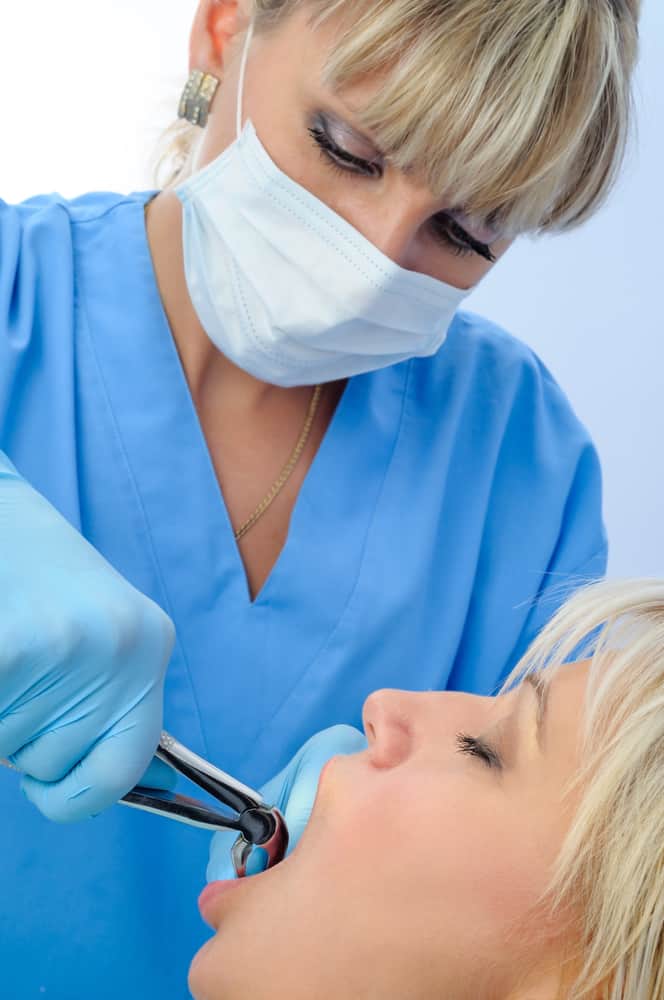
Tooth extraction is a quite unpleasant procedure that will be associated with some pain and discomfort. You will probably feel uneasy in the days after the procedure, as well. Experiencing intense pain, however, could signify an additional problem. Serious pain after tooth extraction is commonly associated with a condition called dry socket.
What is Dry Socket?
The condition is also known as alveolar osteitis. It is one of the most common complications that people experience after having a tooth pulled out. After the tooth has been taken out, a blood clot will develop at the extraction site. This clot plays a very important role because it protects the site and it enables the development of new tissue.
If the blood clot dissolves before the extraction wound has healed, alveolar osteitis would occur. The nerves in the area will become exposed to outside influences, which will result in intense pain.
Main Symptoms
As already mentioned, intense pain is very typical for this tooth extraction complication. Since the nerves will be affected, the pain could be radiating towards the side of the face and affecting much more than the extraction site.
There are various other alveolar osteitis symptoms. The most common ones include visible bone at the extraction site, bad breath, swollen lymph nodes, fever and partial or complete disappearance of the blood clot.
All people experience pain after having a tooth pulled out. If any of the above symptoms accompany the sensation or the pain becomes unbearable, a visit to the dental clinic will become necessary.
Treatment
Over the counter pain medications will often prove to be inefficient in the case of alveolar osteitis. A dentist will know which treatment is going to be the most effective, so it is mandatory to schedule an appointment.
The dentist will first flush the socket out to remove food and other particles that could have gotten trapped there. A medicated piece of gauze will probably be inserted in the socket to speed up the recovery process. Alternatively, the dentist may fill the socket with a special medicinal paste.
Finally, you will get a prescription for a stronger anti-inflammatory and pain medication. You will also be advised to use a particular kind of mouthwash to keep the area clean and bacteria-free. The recovery from alveolar osteitis could last anywhere up to two weeks.
Prevention
There are several things you can do before and after tooth extraction to decrease the risk of suffering from alveolar osteitis.
Using antibacterial mouthwashes before and right after the tooth extraction will decrease the risk of experiencing the complication. People who have a weakened immune response will be advised to take a certain kind of antibiotic.
Smoking increases the risk of dry socket. Your dentist will probably ask you to refrain from smoking and using tobacco products in the days prior the surgery and immediately after. Drinking water after the surgery and avoiding carbonated and caffeinated beverages can also be an efficient form of prevention.
Alveolar osteitis is a painful complication but fortunately, it is easy to treat. Contact your dentist if you have concerns or unusually strong pain after tooth extraction to figure out what is going on.
